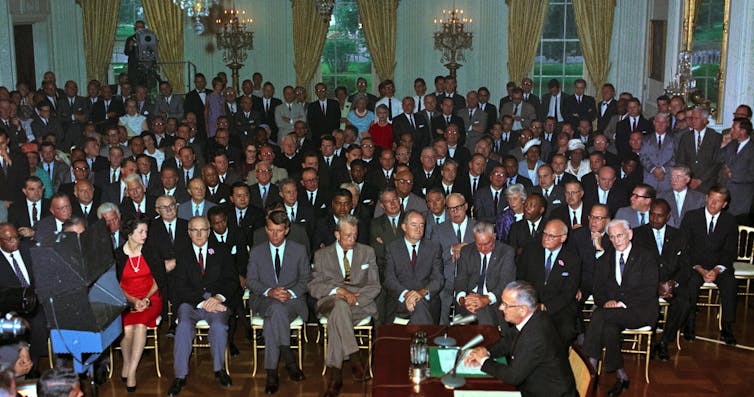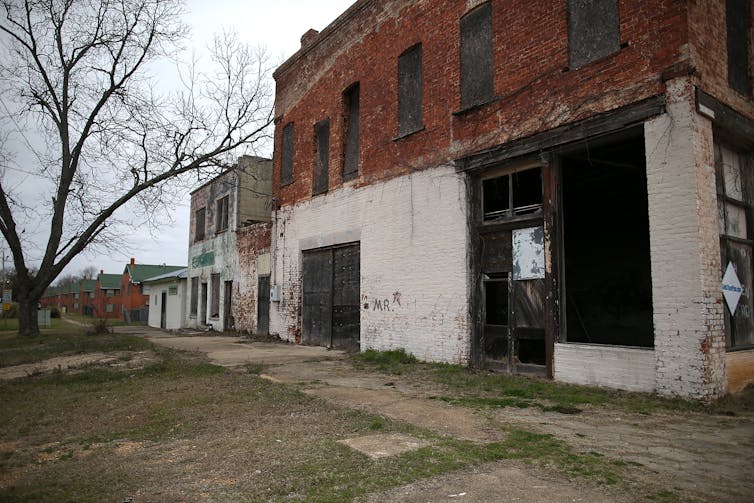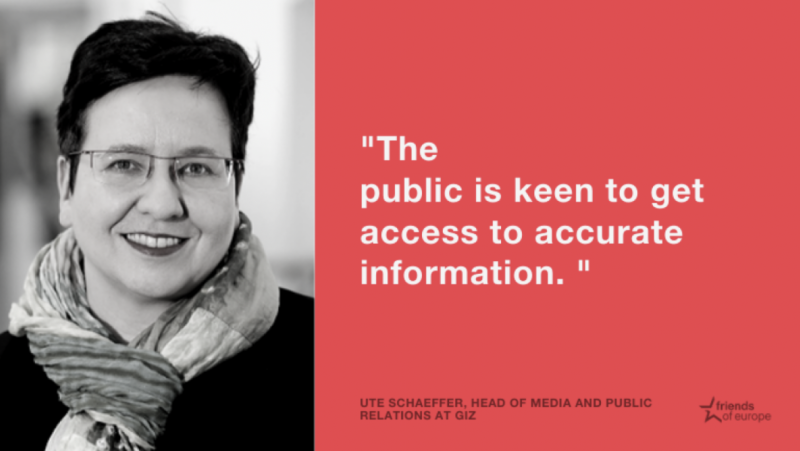By this time in 2008, Stevie Wonder was opening for Barack Obama and superstar rappers were writing songs about the man who would become the first African-American president. By this time in 2016, Katy Perry had performed at a handful of Hillary Clinton events. And while Joe Biden's newly announced running-mate, Sen. Kamala Harris, has galvanized pop stars, celebrities and their followings, the former vice president's biggest music event to date has been a June livestream with songs by John Legend and Andra Day, Dave Matthews and Kristen Chenoweth and a speech by Barbra Streisand. It raised $800,000 and drew 1.2 million Facebook views, but it didn't exactly scream "excitement for the nominee."
"We're finding it very easy for musicians to say, 'Fuck Trump,'" says Nick Stern of Stern Management, who is working as a liaison between the music business and the Biden campaign. "But we're finding it very hard to say 'Vote for Biden' -- and it's a very important distinction."
That could change with Harris' presence on the ticket -- Taylor Swift, Pharrell Williams, Ciara, Nick Jonas and P!nk made enthusiastic social media posts, as did Legend, Sheryl Crow and Sara Bareilles, who had already pledged their support to Biden. And this morning, the Democratic National Convention announced a roster full of star power for next week: Billie Eilish, Leon Bridges, the Chicks, Common and others. "I do think people will get on board," country singer Chely Wright says. "These young influencers are going to ultimately push their very powerful and important voices behind the Biden-Harris ticket."
Still, unlike Obama, Clinton or his former rival, Sen. Bernie Sanders, Biden has so far done little to mobilize top-tier music stars for his cause. Cher, James Taylor, Carole King, Joe Walsh, Jimmy Buffett and others have made their way to the campaign, but the younger A-listers who supported Sanders -- from Cardi B to Ariana Grande -- have been noticeably silent since Biden became the presumptive Democratic nominee in early June.
"It's less 'vote for this person.'" Jordan Kurland, who manages Death Cab for Cutie and advises the Biden campaign, adds: "Honestly, it hasn't been all that easy to get artists to be outwardly supportive of Biden. A lot of people in our business are very pro-Bernie, or pro-Elizabeth Warren, and having another centrist white guy is not all that inspiring."
This is concerning to Biden supporters. "He is the choice and we need to fall in line. Period," says Billy Porter, the singer, actor and progressive activist. "In this moment, in this time in the world, your opinion of him doesn't matter. Get over yourselves." Adds singer-songwriter Rufus Wainwright: "If they're true Sanders supporters, they will do as he said and vote early and vote for Biden. It's plainly evident what we have to do, i.e., save the planet."
Stern, who had a similar volunteer role in 2016, says the Clinton campaign could have done more with artists, like deploying smaller stars with regional followings to speak to their fanbases. He fears that Biden's surrogates are repeating these oversights this year. "We're trying to get the [Biden] campaign to focus on us more than they did in 2016," he says. "Artists are influencers who can make a difference, especially the ones from swing states."
The Biden campaign has put on star-studded online events, such as a late-May "Rock Out on a Night In" livestream starring Buffett, Sheryl Crow, David Crosby, Wainwright and Walsh, who told Billboard, "We've got to rebuild democracy. I'm proud to endorse Joe Biden and will do whatever it takes to get him there. You should too." Michelle Kwan, the Olympic figure-skating champion who is Biden's surrogate director, promises more A-list events. "We're a very inclusive campaign and we are talking to every single person," she says. "Local bands and indie and folk and rock and rappers -- we're covering them all, the broadest coalition you can imagine."
Some in the music business, though, say the campaign hasn't followed up on all of its efforts -- former Bon Iver manager Kyle Frenette, who runs a get-out-the-vote group called Pledge 46, participated on a call earlier this summer with a Biden campaign rep and 20 to 25 artist managers, and "people were motivated," but after a few follow-ups over time, participants mostly lost interest. "There's been a few emails and attempts to rally folks," he says. "I haven't heard anything since."
Another roadblock for musicians is the pandemic -- there has been no opportunity this year to set up get-out-the-vote tables at festivals like Lollapalooza or Coachella, and the swing-state Bruce Springsteen or Beyonce rallies of recent election years are almost certainly impossible. Like everybody else in the music business, activists have had to pivot to the internet. Frenette's original plan was to put on 46 concerts to help elect the 46th president; he tried to shift them to livestreams, but "we weren't getting a very active response," so his group rebranded as Pledge 46, a Patreon-like platform that offers prizes for volunteering and voting, such as a virtual Jason Isbell guitar lesson. As of late July, the group had raised $12,000, nearly 5,000 pledges to vote and 400 volunteer sign-ups. "It's working, for sure," Frenette says. "It wasn't comfortable at first, but it feels comfortable now."
With so many people sitting at home during the pandemic, streaming audio and video, online events could be more efficient than live productions in reaching large numbers of voters. "It gives you the ability to really tap into an artist's world, including their fans," says Jonathan Azu, who manages Emily King, Michelle Williams and others and is communicating with the Biden campaign. "It'd be amazing if you went to a campaign event and see the person speak, but there's something to be said about these Instagram Lives and Zooms, where you really get to know the candidate."
Even before Harris joined the ticket, some in the music business saw signs of an upswing for artists supporting Biden's campaign. George Floyd's murder and the subsequent Black Lives Matter protests were a turning point, says Binta Brown, an artist manager who has worked with Chance the Rapper and Peter CottonTale. "People weren't as comfortable speaking out and facing major backlash," says Brown, also co-chair of the newly founded Black Action Music Coalition. "The breadth of the movement and the protesting has awakened artists and influencers about the need to be politically active. There are more artists coming to management saying, 'What can we do?'"
It's too early to say whether Harris' star power will reinvigorate music stars' support for the ticket, although P!nk's Twitter account may be a clue: She has ripped Trump numerous times in recent months, while never overtly mentioning Biden. But after Biden announced Harris on the ticket, P!nk tweeted, "You both have my vote."
"The announcement of 'OK, this is the ticket' has moved everybody into that fighting stance. I saw a lot of posts like, 'Here we go, now we're talking, let's get cracking,'" says R&B star Lalah Hathaway. "People are just getting ready. They're gearing up to go."










